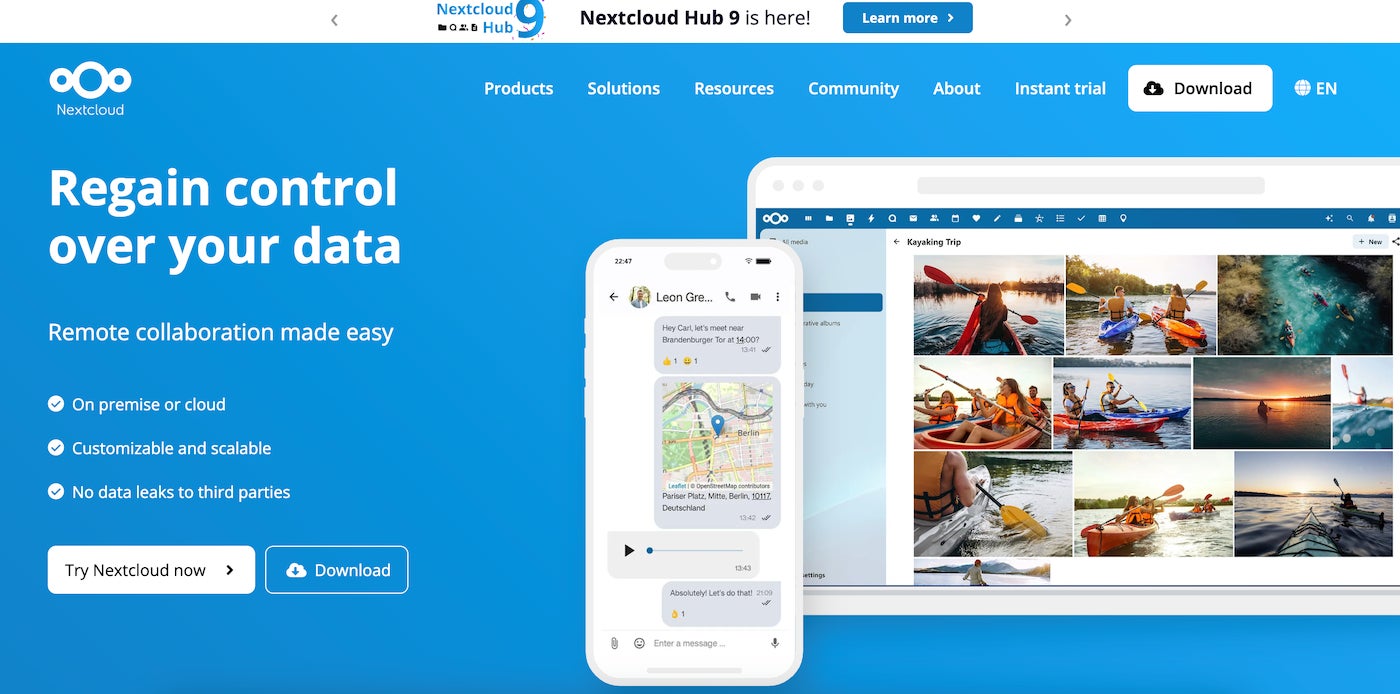Here are five self-hosted photo storage options to consider.
SEE: The definition of open source can be controversial, with some commercial models claiming the title.
NextCloud
This open-source project offers a mobile app and an automatic upload feature. You can also use it as a host for other photo management applications. Additionally, it can host non-photos such as documents, calendars, and contacts.

Photoprism
This open source application uses Google TensorFlow to automatically classify images. It extracts location data, detects duplicates, and can sync with Nextcloud.

Piwigo
This open source photo gallery software offers geolookup and multi-user support. Its album features are great, including batch management, album hierarchy and more. It also has a mobile app.

Lychees
This open source photo gallery app has excellent features for editing albums and metadata. But of course the gallery features make it do the best job. Just be aware that it has no machine learning for automatic detection.

FreePhotos
Like most tools with the Libre name, LibrePhotos is a fork. In this case, it’s a fork of OwnPhotos, which allows for object detection, face training, and event-based album generation. LibrePhotos also integrates with NextCloud.

Self-service photo storage provides albums, sharing, and automatic facial recognition—all the tools you get from a cloud provider that suddenly wants to charge you while still collecting your data for ad targeting. If you have enough space on your computer or server, you can instantly self-host your own photos.
What is a self-service photo and video gallery?
A custom photo and video gallery allows users to store and share media on their own hardware or virtual server. It provides an alternative to smartphone photography apps or social media.
What are the system requirements for hosting my photo gallery?
Different self-service photo galleries have different requirements. Most services will have documentation available.
For example, Nextcloud offers cloud hosting as part of some of its plans. Photo hosting generally doesn’t require a lot of RAM — PhotoPrism can be installed on a Raspberry Pi 4 with 4GB of RAM. LibrePhotos requires 10GB of hard disk space to run through Docker Compose.
Megan Crouse updated this article.
